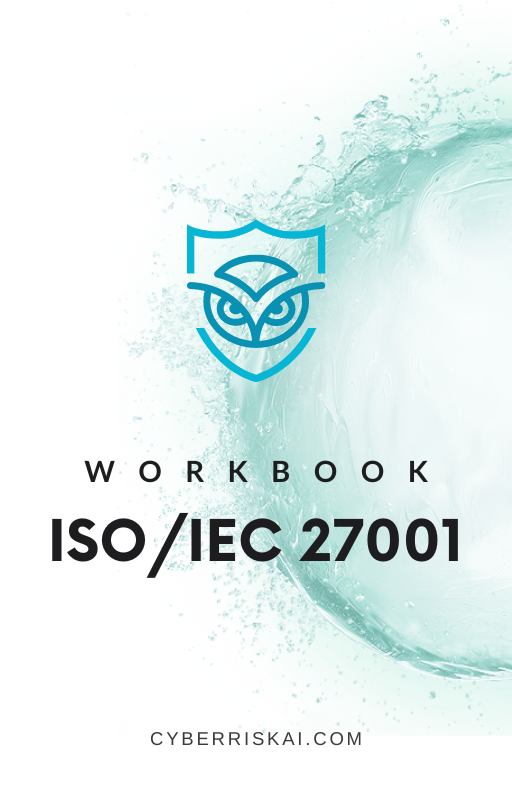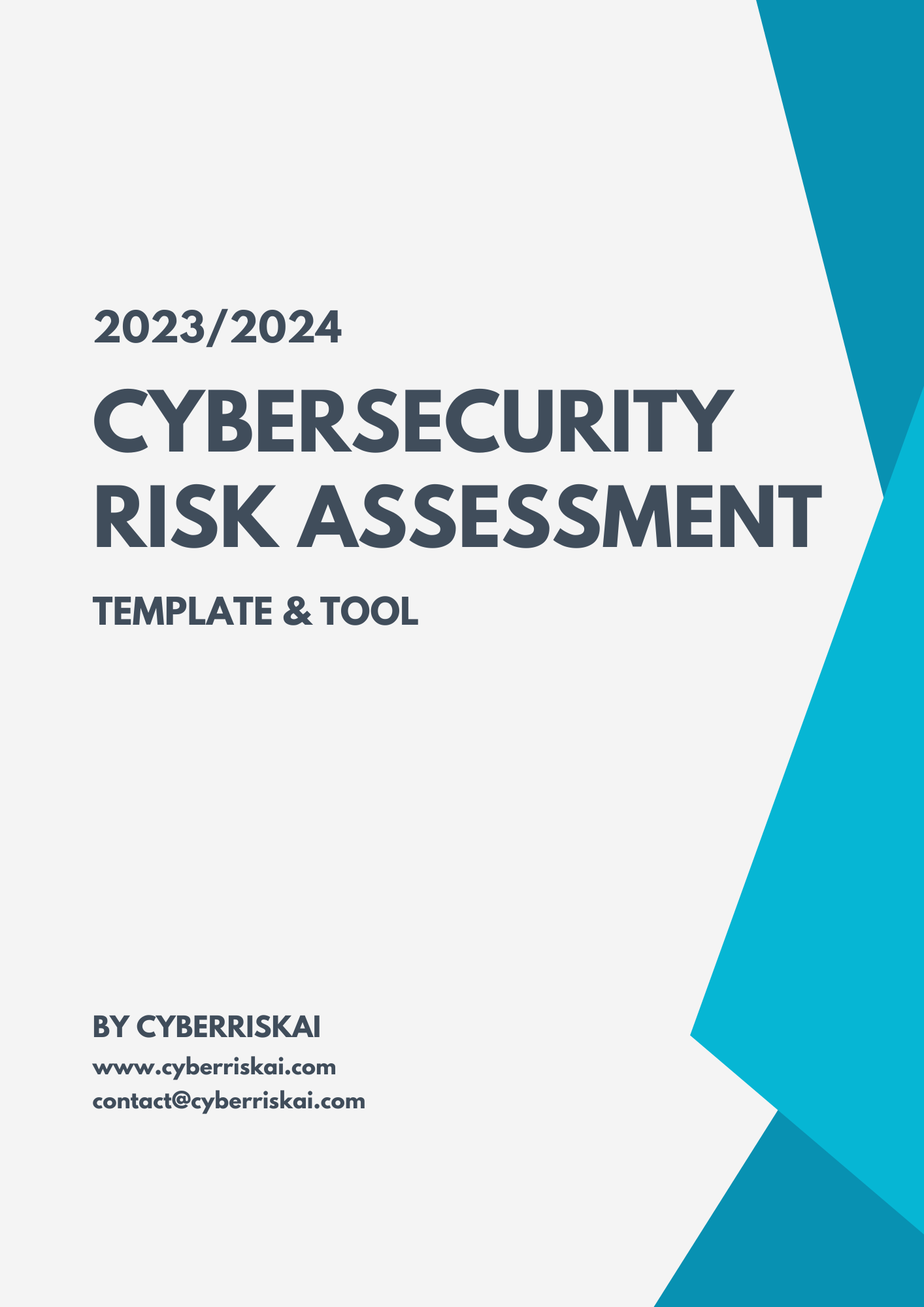Cybersecurity Risk Assessment & Audit Template
In order to conduct a comprehensive cybersecurity risk assessment, it is essential to have a template that establishes a systematic approach. A template provides a structured methodology that can be customized to suit the specific needs of an organization. In this article, we will discuss the key elements of a cybersecurity risk assessment template and provide a comprehensive sample.
Key Elements of a Cybersecurity Risk Assessment Template
- Scope and Objectives
The scope of the risk assessment defines the boundaries of the assessment in terms of geographic regions, business units, systems, and data types. The objectives of the assessment should be specific and measurable, and align with the organization's overall risk management strategy.
- Threats and Vulnerabilities
A comprehensive risk assessment must identify the potential threats that an organization faces and the vulnerabilities that may be exploited by these threats. It should address both internal and external threats, as well as natural disasters.
- Asset Identification
Identifying all assets is a critical first step in conducting a risk assessment. Assets can include hardware, software, data, and people. It is essential to understand the value, sensitivity, and criticality of each asset to determine the potential impact of a cybersecurity incident.
- Risk Analysis
Risk analysis involves assessing the likelihood and impact of potential risks and identifying the controls that can be implemented to mitigate them. This analysis should be based on a quantitative or qualitative assessment and include a determination of the risk rating for each potential risk.
- Risk Mitigation
Once potential risks have been identified and assessed, a risk management plan must be developed. Risks can be mitigated by implementing controls to reduce the likelihood or impact of a threat.
- Ongoing Risk Monitoring
The risk assessment process is an ongoing process, and there must be continuous monitoring of cybersecurity risks to ensure that controls are effective and aligned with the objectives of the organization's cybersecurity strategy.
Sample Cybersecurity Risk Assessment Template
The following template outlines a comprehensive approach to cybersecurity risk assessment.
Section 1: Introduction
- Purpose and Objectives
- Scope
- Assumptions
- Participants
Section 2: Threat and Vulnerability Assessment
- Identification of threats
- Identification of vulnerabilities
- Assessment of internal and external risks
- Evaluation of natural disasters that may pose risks
Section 3: Asset Identification
- Identification of assets
- Categorization of assets by value, sensitivity, and criticality
- Evaluation of current protection mechanisms
Section 4: Risk Analysis
- Quantitative or qualitative analysis of risks
- Determination of the likelihood and impact of potential risks
- Determination of the risk rating for each potential risk
Section 5: Risk Mitigation
- Identification of controls to reduce the likelihood or impact of potential risks
- Development of a risk management plan
- Determine the impact of potential risks
Section 6: Ongoing Risk Monitoring
- Evaluate the effectiveness of the controls implemented
- Determine the adequacy of the controls
- Evaluate and update the risk assessment regularly
Conclusion
In conclusion, a cybersecurity risk assessment template is an essential tool for organizations to identify potential risks, evaluate their impact, and implement measures that reduce the threat. By conducting a comprehensive risk assessment using an effective template, organizations can ensure that they have a continuous and systematic approach to protecting their digital assets. As such, they can remain resilient against cyber threats and maintain business continuity.
Simplify your risk assessment process with CyberRiskAI’s expert tool. Our software takes the guesswork out of identifying, evaluating, and mitigating cybersecurity threats. We’ll walk you and your employees through the process step-by-step and provide insights and best practices to help protect your business.



